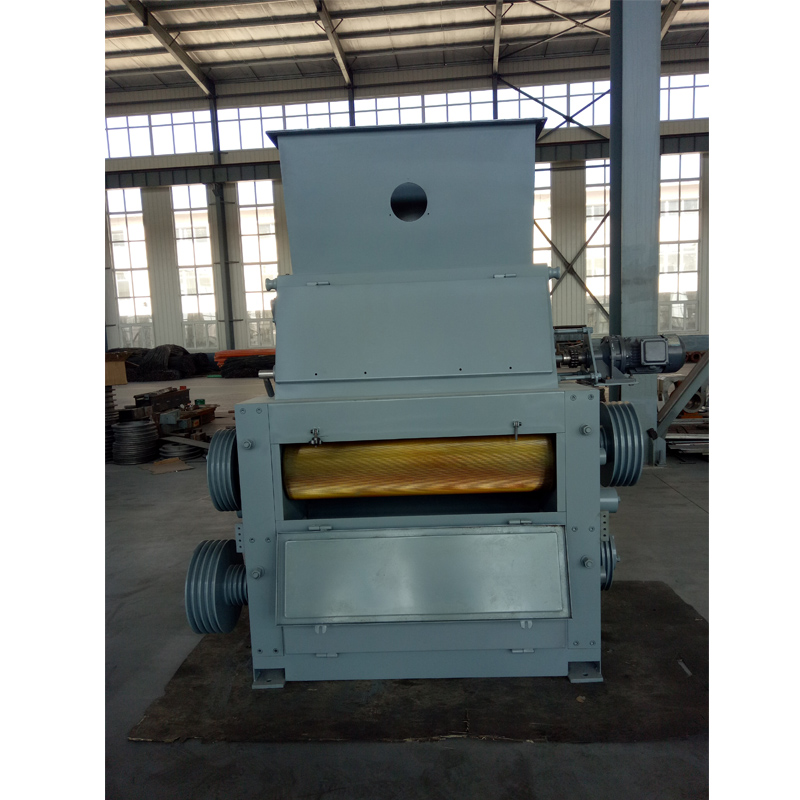Oct . 10, 2024 20:06 Back to list
Affordable Corn Germ Oil Extraction Method for Home Use
The Benefits and Process of Extracting Cheap Corn Germ Oil
Corn germ oil, derived from the germ of corn kernels, is a versatile vegetable oil that has gained popularity in recent years due to its health benefits and culinary versatility. As consumer demand for less expensive yet nutritious cooking oils continues to rise, the production and extraction of cheap corn germ oil have become a significant focus. This article will delve into the benefits of corn germ oil, the extraction process, and its applications in various industries.
Health Benefits of Corn Germ Oil
Corn germ oil is widely recognized for its nutritional profile. It is rich in polyunsaturated fatty acids, particularly linoleic acid, which is an essential omega-6 fatty acid. This can contribute to heart health by helping to reduce bad cholesterol levels and promoting overall cardiovascular well-being. Additionally, corn germ oil contains Vitamin E, a powerful antioxidant that helps protect the body from oxidative stress and supports skin health.
Furthermore, corn germ oil is known for its light flavor and high smoke point, making it an excellent option for frying, sautéing, and baking. It is also used in salad dressings and marinades, allowing for versatility in the kitchen. These properties have made corn germ oil a popular choice among both home cooks and professional chefs.
The Extraction Process of Corn Germ Oil
The extraction of corn germ oil typically involves a mechanical pressing method, which is a cost-effective and efficient way to produce oil without the use of harmful chemicals. Here is a concise overview of the process
1. Harvesting and Cleaning Corn kernels are harvested and then cleaned to remove any dirt, debris, or foreign materials. This is crucial to ensure the purity of the final product.
2. Germ Separation The cleaned corn kernels are then processed to separate the germ from the endosperm and pericarp. This step is essential as the germ contains the most oil.
3. Mechanical Pressing The separated corn germ is subjected to mechanical pressing using an oil press. This method applies pressure to the germ, extracting the oil while leaving behind the solid residue, known as deoiled germ meal. This meal can be utilized as animal feed, adding an additional economic benefit to the process.
cheap corn germ oil press

4. Filtration and Refining After extraction, the crude corn germ oil undergoes filtration to remove impurities and sediments. Depending on the intended use, the oil may also be refined to enhance its flavor, color, and shelf life. This refining process can include degumming, neutralization, bleaching, and deodorization.
5. Packaging Finally, the refined corn germ oil is packaged in suitable containers for distribution. Proper packaging is crucial to prevent oxidation and maintain the oil's quality during storage and transport.
Applications of Corn Germ Oil
Corn germ oil is used in various industries beyond the culinary world. Its applications include
- Food Industry Apart from cooking, corn germ oil is commonly used in the production of margarine, snacks, and baked goods. Its favorable nutritional properties make it a popular choice for food manufacturers aiming to produce healthier products.
- Cosmetic Industry The moisturizing properties of corn germ oil have led to its inclusion in skincare products. It is often found in lotions, creams, and hair care products due to its nourishing and hydrating characteristics.
- Biofuels The oil can also be processed into biodiesel, a renewable energy source that reduces reliance on fossil fuels. This application is particularly appealing as the world shifts towards more sustainable energy solutions.
- Industrial Applications Corn germ oil is utilized in lubricants and other industrial products, highlighting its versatility and economic potential.
Conclusion
With its numerous health benefits and wide-ranging applications, corn germ oil is an excellent choice for individuals and industries seeking affordable and nutritious oil options. The mechanical extraction process ensures that the oil is produced efficiently and cost-effectively, enabling more people to access its benefits. As demand for healthier cooking oils continues to grow, corn germ oil stands out as a valuable resource in both culinary and industrial contexts. Its ability to meet the needs of consumers while providing a sustainable solution for oil production makes it an oil to watch in the coming years.
-
LZY-206 Twin-Screw Cold Press: Efficient Oil Extraction
NewsAug.04,2025
-
Professional Safflower Oil Press Service | AI-Efficient
NewsAug.03,2025
-
HP290 First Press Oil Expeller Machinery: Efficient Oil Extraction
NewsAug.02,2025
-
Top Food Oil Refined Unit Companies w/ GPT-4 Turbo Tech
NewsAug.01,2025
-
Premium Black Seed Oil Expeller - High Efficiency Cold Press Oil Machine
NewsJul.31,2025
-
Oil Processing Equipment - High-Efficiency Flaking Machine
NewsJul.25,2025
